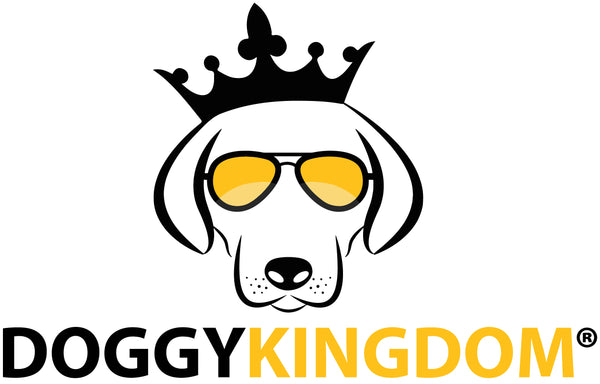Dog Anxiety: What Owners Need to Know
Share
Anxiety is not unique to only humans. Your furry four-legged friends can also experience attacks of angst brought on from a variety of situations. Of course, excessive nervousness is unpleasant, but it is perfectly normal for the animal to exhibit anxiety on occasion due to a variety of causes. However, a disproportionate level of anxiety can lead to anxiety disorder if left untreated. In this article on dog anxiety, we will explore the common causes, symptoms, and treatments.
Causes of Dog Anxiety
Many things can lead to bouts of anxiety in a canine such as the following:
- Aging: Dogs can suffer from cognitive decline and experience ongoing bouts of pain. The fear of the unknown occurs as the dog becomes older.
- Separation: Separation anxiety is a common occurrence in dogs. Many simply do not like to be left alone. In the wild, a dog lives in a pack because a singular dog can rarely survive for long. Being alone goes against your dog’s DNA which drives the animal to seek out safety in numbers such as in a pack.
- Fear: This form of anxiety can occur because of loud noises, strange environments, unknown people, or visual stimuli such as the fear of umbrellas. Many dogs are afraid to visit the vet’s office and others don’t like to ride in an auto.
Symptoms of Dog Anxiety
Dogs that have anxiety suffer from many varying symptoms such as the following:
- Panting
- Whining
- Pacing
- Destructive behavior
- Barking
- Drooling
- Aggression
- Urinating or defecating
- Compulsive behaviors
- Restlessness
If your dog suffers from anxiety, then your first step should be to talk to your veterinarian to determine probable causes and explore treatment options. A veterinarian will also rule out possible medical conditions that could lead to your dog’s anxious behavior. Most veterinarians will work to come up with a treatment plan that might include preventative strategies, training, and medication.
Training and Counterconditioning
Training dogs to counter condition against anxiety focuses on desensitization with exposure to whatever is causing the anxiety before in the dog. Reward your buddy when the pet acts less fearful than you can offer comfort.
Ways to Prevent Dog Anxiety
Preventing dog anxiety should take place when the pet is still a puppy or young dog for the greatest potential for success.
- Body Language: Learn to read when your dog is anxious or uncomfortable. Signs the animal is scared will help you avoid negative experiences that might set the animal off. This is especially imperative if the dog shows aggression when anxious.
- Socialization: Early socialization (as a puppy) helps your dog become familiar with unfamiliar places, people, and items so the dog feels more secure in its surroundings as an adult. You should take your dog to parks and social events.
- Obedience: Obedience training is a necessity for any dog. A well-trained pet usually exhibits far less anxious behavior.
- Exercise: Proper exercise helps your pet developmentally and physically. It can curb destructive behaviors spurred from separation anxiety.
- Avoid triggers: You might have to avoid certain triggers such as taking your dog around large groups of people or other animals if they constantly exhibit fear in particular circumstances.
Dog anxiety is common, treatable, and preventable with diligence.



